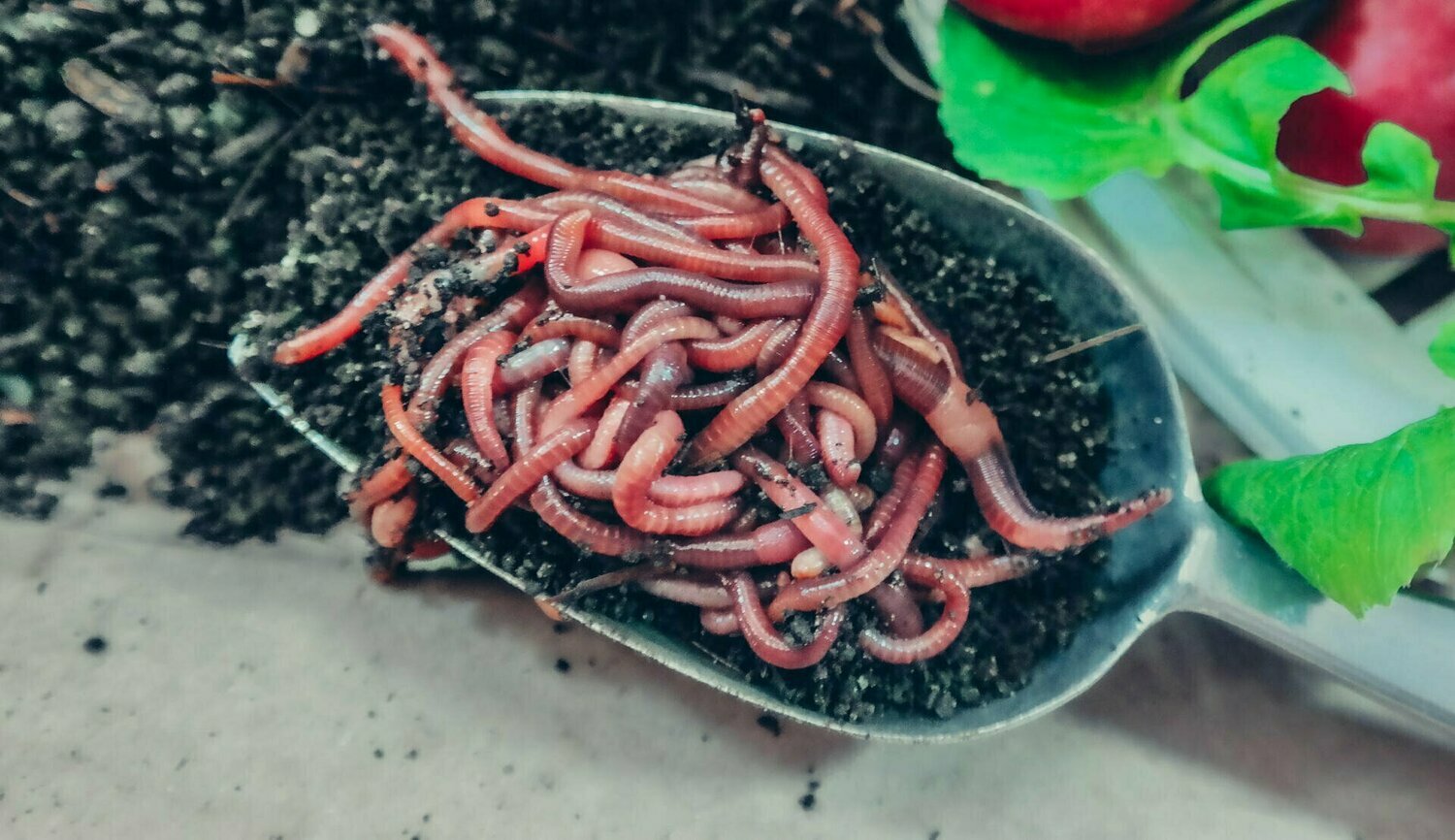Organic red worms: Great for gardens
Wiki Article
Why Red Wigglers Are the very best Option for Your Composting Demands
Red wigglers have emerged as a superior selection for composting due to their exceptional capability to efficiently decompose natural issue while creating top quality worm spreadings. The trip to successful vermicomposting involves even more than just acquiring these worms, and recognizing the suitable conditions and misunderstandings surrounding them is vital for optimizing their capacity.Benefits of Red Wigglers

Red wigglers flourish in a variety of problems, making them versatile to different composting configurations, from little bins to larger systems. They excel in vermicomposting, where their task produces a premium final product referred to as worm castings, abundant in valuable microorganisms and nutrients essential for plant growth. This all-natural plant food promotes dirt health, boosts dampness retention, and improves plant resilience versus bugs and illness.
Moreover, employing red wigglers can substantially lower methane emissions connected with land fill waste, adding to environmental sustainability. Their ease of care and minimal maintenance demands make them suitable for both beginner and knowledgeable composters. Inevitably, integrating red wigglers right into your composting method not only cultivates efficient waste management but also raises the high quality of your compost.
Suitable Composting Problems
Developing ideal composting conditions is crucial for making the most of the performance of red wigglers in breaking down organic matter. These worms flourish in a regulated setting that mimics their natural habitat, which primarily includes damp, dark, and well-aerated areas. To attain this, preserving a temperature array of 55 ° F to 77 ° F is critical, as severe temperatures can hinder their activity and even cause mortality.(buy red wiggler worms)Wetness degrees have to additionally be meticulously monitored; red wigglers need a damp setting, preferably around 70% dampness content. Also much dampness can cause anaerobic problems, while insufficient moisture can trigger dehydration. Additionally, a well balanced carbon-to-nitrogen proportion, ideally around 25:1 to 30:1, sustains ideal digestion and nutrient biking.
Moreover, the composting tool ought to be maintained loosened and aerated, permitting proper air movement. This not only benefits the worms yet additionally help in the malfunction of organic materials. By making certain these optimal problems, composters can create a thriving ecosystem that improves the effectiveness of red wigglers, eventually bring about rich, nutrient-dense compost.
Just How to Beginning Vermicomposting
Starting vermicomposting is an uncomplicated process that can yield significant benefits for both your yard and the environment. To begin, pick an ideal container, such as a plastic bin or a wooden box, ensuring it has ventilation holes for airflow. A dimension of around 15 to 20 gallons is optimal for small procedures.Next, prepare the bedding material, which should be a blend of shredded paper, cardboard, and coconut coir. This bed linen provides a comfy habitat for the worms while retaining dampness. Go for a bed linen deepness of about 4 to 6 inches.
As soon as the bed linen is ready, introduce red wigglers into the container. A populace of about 1,000 worms is enough for processing kitchen area scraps effectively. After adding the worms, include a well balanced mix of environment-friendly materials, such as vegetables and fruit scraps, along with brownish products, like dried fallen leaves.

Nutrient-Rich Spreadings
(red wigglers for composting)The red wigglers in your vermicomposting system play a vital role in producing nutrient-rich spreadings, an extremely sought-after natural plant food. These spreadings, typically referred to as worm humus, are the result of the worms digesting natural matter and excreting it in a form that is exceptionally beneficial for plants.Rich in crucial nutrients such as nitrogen, phosphorus, and potassium, worm spreadings supply a balanced source of fertility that improves soil structure and promotes healthy and balanced plant development. In addition, they have beneficial bacteria that further improve soil health and wellness, aiding in nutrient absorption and illness resistance.
The slow-release nature of worm castings ensures that nutrients are offered to plants over a prolonged duration, reducing the threat of nutrient leaching and thus adding to lasting gardening practices. Unlike artificial plant foods, which can cause dirt degradation with time, worm spreadings enhance the dirt's physical, chemical, and organic homes.
As an outcome, integrating red wigglers right into your composting initiatives not only reduces waste yet also produces a premium organic amendment that considerably benefits yards, landscapes, and potted plants alike. - red wigglers
Typical False Impressions About Worms
While lots of people identify the advantages of using worms in composting, several mistaken beliefs linger concerning their biology and habits. One typical misconception is that all worms are equally efficient for composting, when as a matter of fact, just certain varieties, like red wigglers, flourish in organic waste atmospheres. These worms are especially adapted to composting, making them excellent for this objective.An additional mistaken belief is that worms are vulnerable and require excessively particular conditions to read the article make it through. In truth, red wigglers are rather resilient, able to endure a variety of temperatures and wetness degrees, offered they are kept within an ideal variety.
Furthermore, some think that worms consume all sorts of food waste indiscriminately. Nevertheless, red wigglers prefer particular natural materials, such as fruit and veggie scraps, and can fight with meat, dairy, and oily foods, which can develop odors and bring in parasites.
Final Thought
To conclude, red wigglers represent an optimum selection for composting because of their rapid disintegration capacities and versatility to different atmospheres. The nutrient-rich spreadings created substantially improve soil health, promoting lasting gardening methods. Understanding the perfect conditions for vermicomposting and attending to typical false impressions regarding these worms better strengthens their duty in efficient waste administration. red wigglers. By leveraging the benefits of red wigglers, individuals and neighborhoods can add to a much more lasting and ecologically pleasant approach to natural waste disposal.Report this wiki page